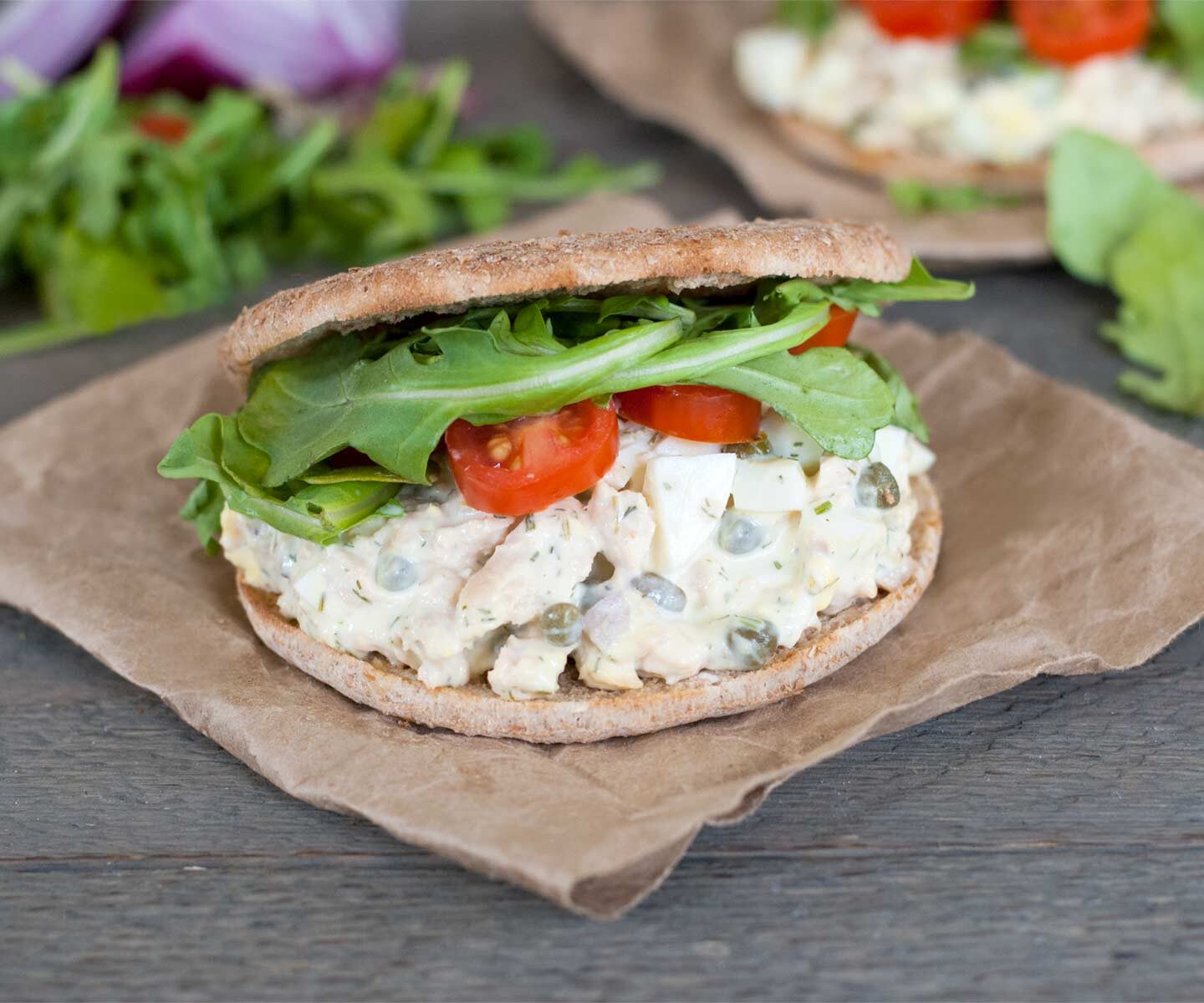From downsizing to upsizing to total menu reinvention, it’s been a dynamic time in foodservice, the hardest-hit industry during the pandemic (Food Management, April 13, 2021). While labor costs as a percentage of expenses vary widely by service type, there is always a bottom-line impact of labor against your chosen operating parameters.
How to target foodservice labor
Chron.com lists labor benchmarks as low as 25% for fast food and up to 40% for table service. Wide variations exist, of course, based on service models, use of technology, and level of service associated with your foodservice brand.
Labor paradigm shifts
In the past year, paradigm shifts have challenged all walks of foodservice operators to reinvent labor plans, aligning with changes in menus and service models. For example, The New Menu Planning CE course explains that the proliferation of off-site dining (take-out and delivery) requires foodservice menus that adapt to efficient preparation on demand. What’s more, foodservice technologies have stepped up to meet two needs at once:
- Consumers’ desire for contact-free foodservice
- Operators’ desire to automate and reduce labor costs
Examples of technologies are robotic salad-making robots (see “Success with Salads,” tunaversity.com), automated smoothie machines, beverage machines that work with an app, high-tech vending, micro-marts, apps for delivery, and drive-through operations using digital voice assistants.
Less mass production
Fewer customers on site and more diverse service hours also mean less mass food production, as explained in The New Menu Planning—so staffing and skill levels have to adapt.
Your menu drives labor needs, too.
Here’s where the choices you make in menu planning make a huge financial impact. Try asking these questions when you choose a recipe:
- How well does it adapt to one-off production?
- How well will the food hold up for take-out, delivery, vending, or self-serve sales (as applicable)?
- How much pre-prep is required, e.g., cooking protein ingredients, opening packages, heating, cooling, slicing or dicing, mixing, or other steps?
- What is the total preparation time?
- What staff training and skill levels does the recipe require?
- What’s the total labor cost per serving?
- Does the recipe feature attributes consumers seek today, e.g., healthfulness, sustainability, or comfort food factors?
The protein profit margin
Like beverages, protein ingredients can drive your profitability. This stems from food cost advantages, labor requirements, and the way that perceived value influences your menu pricing. As an example, FoodService Director reported that “menuing a salmon salad sandwich can boost an operator’s per-sandwich profitability by 16%, making this a considerable area of opportunity.” They call canned tuna or salmon “versatile proteins, which can also help grow business.”
Additional benefits of canned or pouch seafood are that it is:
- Shelf-stable, reducing refrigeration expenses and eliminating thawing steps
- Open-and-use, eliminating the need to cook first and then chill and slice or dice
- Quality-controlled, because quality of the ingredient does not depend on staff skill levels.
Check out ready-to-use salmon and tuna products from Chicken of the Sea, and learn more in the free CE course, The New Menu Planning.
For very low-labor seafood recipes, visit the Chicken of the Sea Foodservice Recipe Center.








